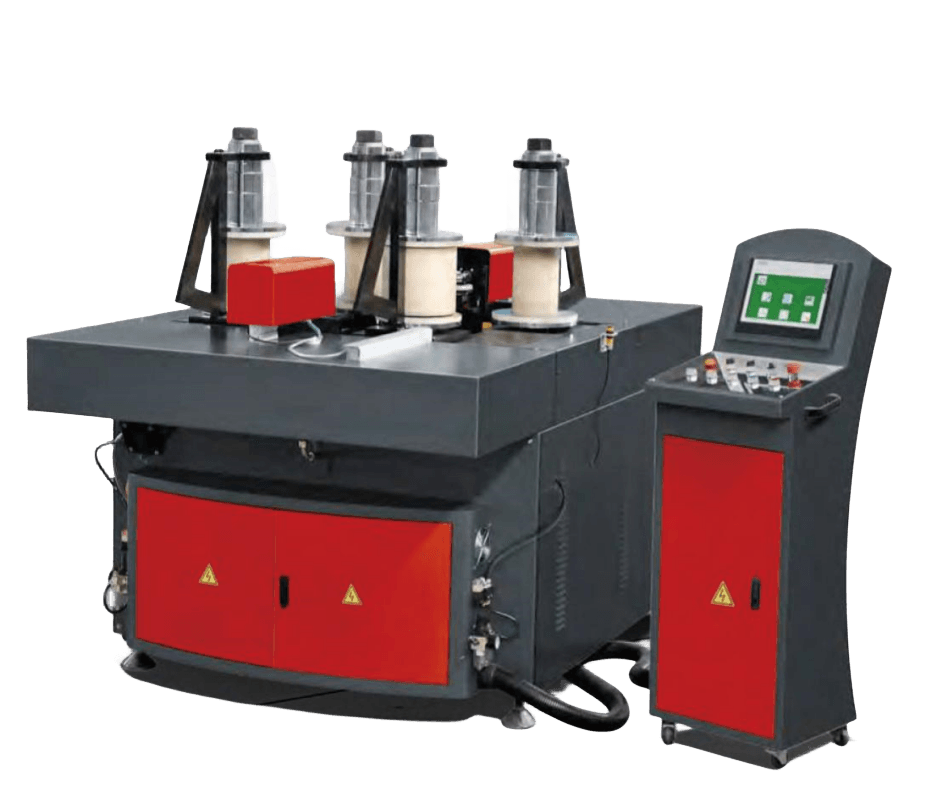In the realm of woodworking, precision and efficiency are paramount. Among the myriad of tools available, the single head manual cutting saw stands out as a reliable and versatile instrument for achieving intricate cuts and finishes. This article delves into the intricacies of the single head manual cutting saw, highlighting its features, applications, and the benefits it brings to woodworkers and craftsmen.
Overview
The single head manual cutting saw is a hand-operated tool designed for making precise cuts in various materials, primarily wood. Unlike power saws that rely on electric motors or pneumatic systems, this saw employs manual force to drive the blade through the workpiece. This manual operation not only ensures greater control over the cutting process but also allows for more delicate and detailed work.

Key Features
- Adjustable Blade: The saw features an adjustable blade that can be positioned at different angles to achieve a variety of cuts, including straight cuts, miters, and bevels. This adjustability makes it a versatile tool for a wide range of woodworking projects.
- Sharp Blade: The blade, typically made of high-carbon steel or tungsten carbide, is extremely sharp and durable. It maintains its cutting edge even after prolonged use, ensuring smooth and clean cuts.
- Comfortable Handle: The handle of the saw is ergonomically designed to provide a comfortable grip and reduce strain during extended use. This feature is crucial for maintaining precision and reducing fatigue.
- Lightweight and Portable: The single head manual cutting saw is lightweight and easy to carry, making it an ideal tool for on-site work or in workshops with limited space.
Applications
The versatility of the single head manual cutting saw makes it suitable for a wide range of woodworking applications. From fine carpentry and cabinetmaking to furniture design and architectural millwork, this tool excels in delivering precise and detailed cuts.
In cabinetmaking, for instance, the saw is used to create joints and cutouts for hinges, handles, and other hardware. Its ability to make accurate miter cuts and bevels is particularly useful in this field, as it allows woodworkers to achieve seamless and professional-looking joints.
Similarly, in furniture design, the saw is employed to cut intricate patterns and shapes, adding a touch of elegance and sophistication to the finished piece. Its precision and control make it an indispensable tool for creating unique and bespoke furniture designs.
Benefits
- Precision and Control: The manual operation of the saw allows woodworkers to exercise greater control over the cutting process, ensuring precise and accurate cuts.
- Versatility: The adjustable blade and sharp cutting edge make the saw versatile for a wide range of applications, from simple straight cuts to complex miters and bevels.
- Cost-Effective: Unlike power tools, the single head manual cutting saw does not require electricity or compressed air, making it a cost-effective solution for woodworkers on a budget.
- Sustainability: As a manual tool, the saw does not produce emissions or consume significant amounts of energy, making it a more environmentally friendly option compared to power tools.
Conclusion
In conclusion, the single head manual cutting saw is a precision tool that offers woodworkers unparalleled control, versatility, and cost-effectiveness. Its ability to make accurate cuts and intricate patterns makes it an invaluable addition to any woodworking shop or workshop. Whether you’re a professional carpenter, a hobbyist, or a student, investing in a high-quality single head manual cutting saw will undoubtedly enhance your woodworking skills and bring your projects to life with precision and elegance.


